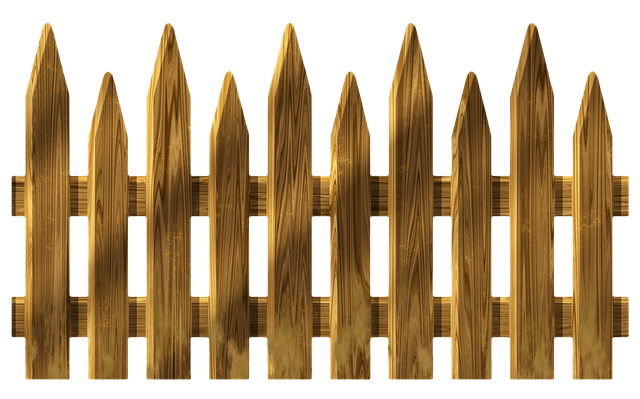Securing Your Large Property Without Breaking the Bank: A Guide to Cost-Effective Fencing Solutions
Maintaining a vast property presents unique challenges, especially when it comes to fencing. Traditional options can be both expensive and labor-intensive. This comprehensive guide explores practical and cost-effective solutions for securing large properties while considering durability, space optimization, and budget constraints. From selecting affordable materials to efficient installation techniques, we’ll equip you with the knowledge to transform your property boundaries without emptying your wallet.
- Understanding Cost-Effective Fencing Needs for Large Properties
- Exploring Durable and Low-Cost Material Options
- Design Strategies to Maximize Space and Budget
- Installation Tips for Longevity and Maintenance Efficiency
Understanding Cost-Effective Fencing Needs for Large Properties
Large properties present unique challenges when it comes to fencing, as the scale and diverse terrain require tailored solutions. Understanding cost-effective fencing needs for such properties involves recognizing the balance between durability, aesthetics, and budget. Property owners often seek fences that can withstand varying weather conditions, potential wildlife encounters, and the demands of expansive landscapes while also offering a visually appealing design that enhances the overall property value.
Cost-effectiveness in this context means finding materials and methods that offer long-term savings without compromising quality. This might involve exploring options like prefabricated fence panels, which can reduce labor costs and installation time, or considering sustainable materials such as recycled plastic or wood alternatives that minimize maintenance over time. Additionally, strategic placement of fences to maximize functionality while optimizing cost is a key consideration for large properties.
Exploring Durable and Low-Cost Material Options
When considering fencing for large properties, exploring durable yet cost-effective material options is essential to balance quality with budget. Traditional materials like wood and steel can be expensive and require regular maintenance. However, modern alternatives offer longer lifespans and reduced upkeep costs. For instance, vinyl fencing has gained popularity due to its affordability and resistance to rot, rust, and chipping. It’s an excellent choice for those seeking a low-maintenance option that retains its aesthetic appeal over time.
Another sustainable and cost-friendly material is recycled plastic, often in the form of composite fencing. These materials are made from a blend of plastic and wood fibers, providing a durable barrier that mimics the look of traditional wood fencing without the potential issues of rot or pest damage. Additionally, these options often come with a variety of styles, allowing property owners to find the perfect fit for their aesthetic preferences while keeping costs low.
Design Strategies to Maximize Space and Budget
When designing fences for large properties, strategic planning is key to maximizing both space and budget. One effective approach is to incorporate curved lines and organic shapes into the design. This not only creates a visually appealing landscape but also reduces the overall amount of fencing material needed compared to straight lines, saving on costs. Additionally, mixing different types of fences—such as tall privacy panels, low decorative picks, or even natural elements like hedges—can add depth and interest while optimizing space.
Another cost-saving strategy is to prioritize functional areas over aesthetic considerations. For instance, focus on providing ample fencing around the perimeter of the property for security and privacy, and reserve more intricate designs for focal points or entryways. Using local, readily available materials can also significantly reduce expenses without compromising aesthetics. This not only cuts down on transportation costs but also promotes sustainability by minimizing the carbon footprint associated with importing materials.
Installation Tips for Longevity and Maintenance Efficiency
When installing fencing for large properties, prioritizing proper technique and material quality is essential for longevity. Start by preparing the ground, ensuring it’s level and compacted to provide a solid base. Use high-quality posts and rails, ensuring they’re securely anchored in concrete to withstand harsh weather conditions. Regular cleaning and inspection are key; remove debris, treat wood with preservatives, and fix any damaged sections promptly.
For maintenance efficiency, choose materials that require less frequent upkeep. Metal or vinyl fences often need minimal care beyond occasional cleaning. Regularly check for loose connections and replace worn-out components to maintain structural integrity. Timely maintenance not only extends the fence’s life but also ensures it continues to serve as an effective boundary for your property.
